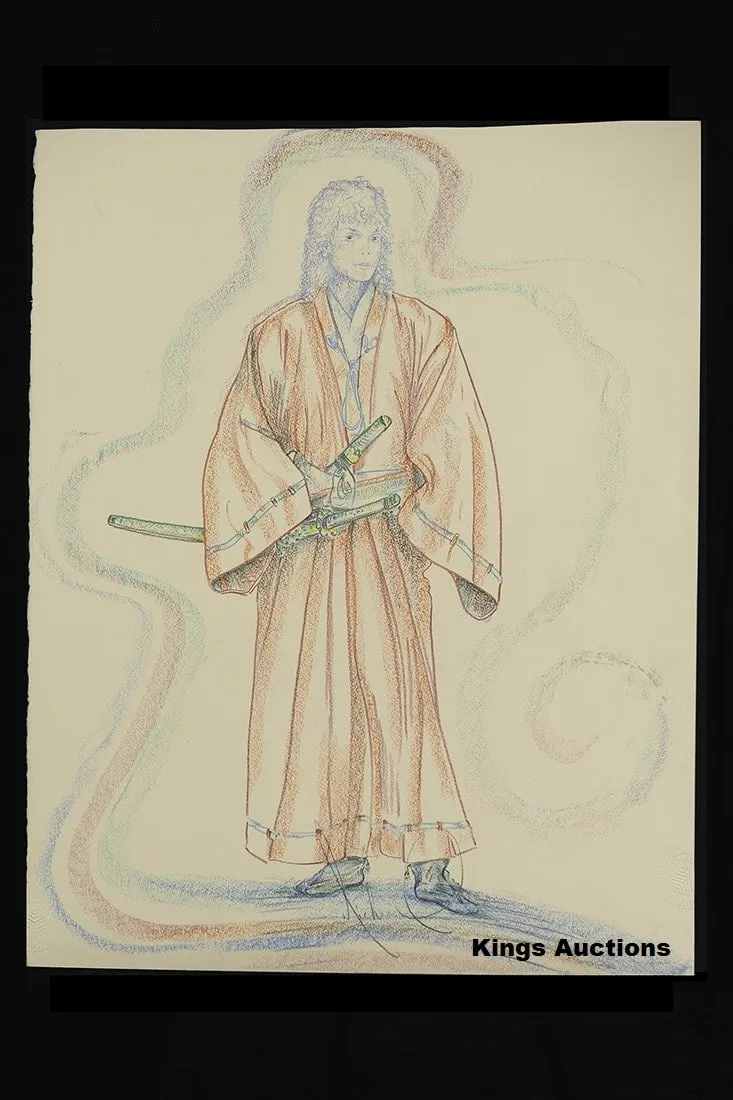“The Discovery of Witchcraft” by Reginald Scot Headlines Manuscript Sale

“It is neither a Witch, nor Devil, but a glorious God that maketh the thunder,” writes Reginald Scot in his 1584 book The Discovery of Witchcraft. Scot used this text to express his then-controversial belief that witchcraft is not real and those executed in witch trials across Europe were largely poor, marginalized people.
The debate over witches continued for centuries, ensuring The Discovery of Witchcraft would be in demand and reprinted long after the author’s death in 1599. Today, many appreciate Scot’s analysis of illusions used to fool the public into believing in witchcraft. These sections make The Discovery of Witchcraft the first known book to describe magic performances, fueling much of its present-day allure to collectors.
This month, Bonhams will offer three different copies of The Discovery of Witchcraft as part of its Fine Books and Manuscripts sale. Learn more about the text before the bidding begins.
Reginald Scot and Witch Trials in 16th-Century England
In Reginald Scot’s native England, witch trials intensified in the mid-16th century. Eventually, the schism across Europe between Protestants and Catholics exacerbated the problem and led to hastier trials and executions. In most cases, witch hunts disproportionately impacted women. But in England it was even worse, with 90% of all accused witches being women.
Reginald Scot became an unlikely champion for the victims of these trials. Details of Scot’s professional life are hazy beyond the fact that he owned and operated several properties, held prestigious titles, and generally enjoyed the privileges of an aristocratic life. In The Discovery of Witchcraft, though, he debunked the case for witch trials in a way that even supporters found brash. He claimed the trials not only defied logic but also were unchristian.
Writer Gabriel Harvey was one of Scot’s supporters, saying The Discovery of Witchcraft, “hitteth the nayle on the head.” Yet Harvey wished that Scot had “dealt somewhat more curteously with Monsieur Bodine,” referring to French political philosopher and witch trial fearmonger Jean Bodin.

The oldest copy of The Discovery of Witchcraft in the upcoming Bonhams sale comes from the second Dutch edition in 1637 (lot #3, estimate: USD 800 – $1,200). The text was first translated into Dutch in 1609 by a British expatriate living in Leiden. The expatriate’s son edited the second edition nearly 30 years later. Among the distinguishing characteristics of this edition is a Joan of Arc engraving.
Decline of Witch Hunts in the 17th Century
Reginald Scot died in October of 1599. He wrote his will in the weeks leading up to his passing. Its final sentences allude to his personal shortcomings, the details of which are lost to time. “Great is the trouble my poor wife hath had with me, and small is the comfort she hath received at my hands.”
The debate surrounding witchcraft continued, and The Discovery of Witchcraft remained an important text for those against the trials. So important, in fact, that scholars once believed King James I burned all existing copies in 1603 to prevent its spread. However, no credible evidence proves this happened.
Many were in favor of the witch trials. They believed the grave threat witches posed warranted swift action. Among those proponents was one of Scot’s favorite targets, Jean Bodin. Along with his concern over witches, Bodin’s rhetoric also pointed to deeply-held sexist beliefs: “Claiming that he had known a few wise men but never a wise woman, Bodin confirmed that the female sex was a potential threat to society.”
Witch hunts began falling out of favor in England by the mid-17th century. However, this did not stop the paranoia from reaching British colonies, leading to the Salem witch trials in 1692 and 1693. A similar ripple effect happened in Sweden’s colonies in present-day Finland.

Two more copies of The Discovery of Witchcraft available from Bonhams were printed during this period (lots #4 and #5, estimates: $5,000 – $7,000 and $4,000 – 6,000). Both copies are from the book’s third edition. Despite coming out over 60 years after the author’s death, this edition adds 15 chapters produced by an unknown writer. In terms of condition, Bonhams notes there is some browning on the title page of lot #5.
Legacy of “The Discovery of Witchcraft”
Although controversial at the time of printing, Reginald Scot’s The Discovery of Witchcraft echoes the skepticism many now have of witch hunts. The book also served for centuries as important reference material for those who wanted to learn about illusions and alchemy. Even playwrights William Shakespeare and Thomas Middleton used it to better understand these subjects.
Today, The Discovery of Witchcraft is a particularly endearing book for those interested in stage magic. For example, one of the previous owners of lot #4 in this sale was the late comedy magician Walter B. Graham.
Bonhams’ Fine Books and Manuscripts sale begins on June 17th, 2021, at 1:00 PM EDT. Register to bid and view each of the lots on the auction house’s website.
Want to discover more horror-themed lots? Last Halloween, Auction Daily writer Liz Catalano looked at the spookiest pieces on offer.









